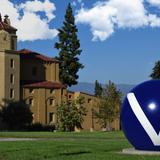- San Joaquin Valley College's (SJVC) Hesperia campus offers a variety of programs ranging from business courses that prepare students for the office to technical courses that prepare for industrial work. SJVC's business programs train them to work on the business end of a variety of fields. Our Business Administration courses train students with skills involving budgeting & finance, human resources, and business operations. These are industry non-specific skills that can be used in a number of fields. If you're interested specifically in the health care field, you should consider our Administrative Health Care Management program. This program is geared towards the preparing you to work in the business end of health care.
School Highlights
San Joaquin Valley College-Hesperia serves 637 students (100% of students are full-time).
The college's student:teacher ratio of 14:1 is lower than the state community college average of 32:1.
Minority enrollment is 87% of the student body (majority Hispanic), which is more than the state average of 77%.
Quick Stats (2025)
- Enrollment: 637 students
- Student:teacher ratio: 14:1
- Minority enrollment: 87%
- Source: Integrated Postsecondary Education Data System (IPEDS)
Top Rankings
San Joaquin Valley College-Hesperia ranks among the top 20% of public schools in California for:
Category
Attribute
School Resources
School Overview
The teacher population of 44 teachers has stayed relatively flat over five years.
San Joaquin Valley College-Hesperia
(CA) Community College Avg.
Carnegie Classification
Associate's Colleges: High Career & Technical-High Nontraditional
Baccalaureate/Associate's Colleges: Associate's Dominant
Institution Level
At least 2 but less than 4 years
At least 2 but less than 4 years
Institution Control
Private for-profit
Public
Total Faculty
44 staff
294 staff
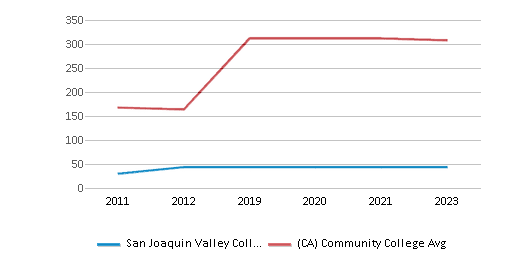
Number of Programs Offered
14
12
Student Body
The student population of San Joaquin Valley College-Hesperia has grown by 24% over five years.
The student:teacher ratio of 14:1 has increased from 8:1 over five years.
The San Joaquin Valley College-Hesperia diversity score of 0.61 is less than the state average of 0.70. The school's diversity has stayed relatively flat over five years.
Total Enrollment
637 students
2,311 students
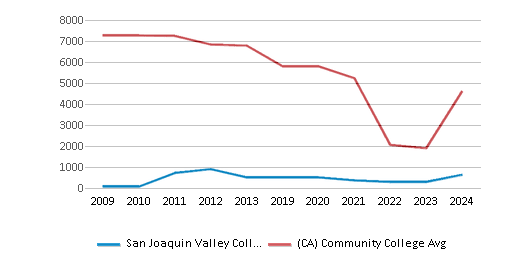
Student : Teacher Ratio
14:1
32:1
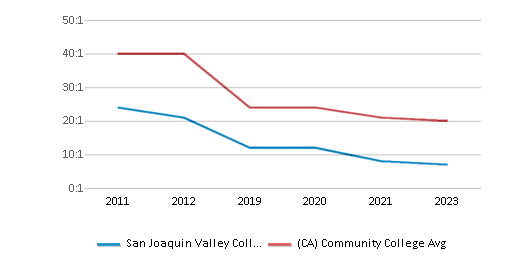
# Full-Time Students
637 students
1,232 students
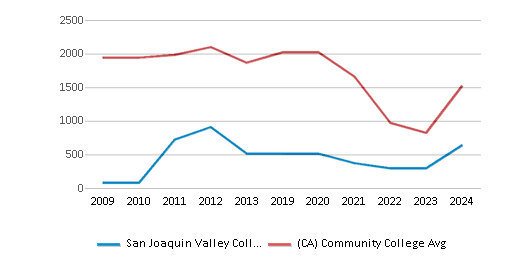
# Part-Time Students
n/a
8,299 students
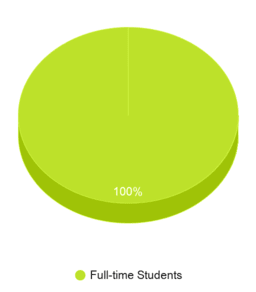
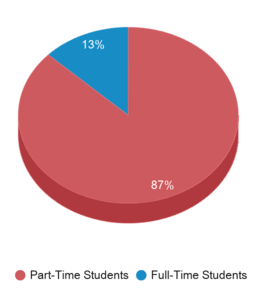
# Enrollment Undergraduate
637 students
240 students
# Full-Time Undergraduate Students
637 students
1,155 students
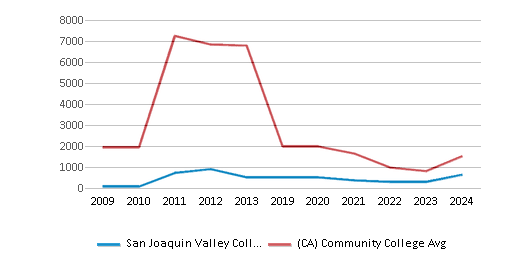
# Full-Time Graduate Students
n/a
63 students
# Part-Time Undergraduate Students
n/a
8,457 students
# Part-Time Graduate Students
n/a
10 students
Total Dormitory Capacity
n/a
140 students
% American Indian/Alaskan
1%
n/a
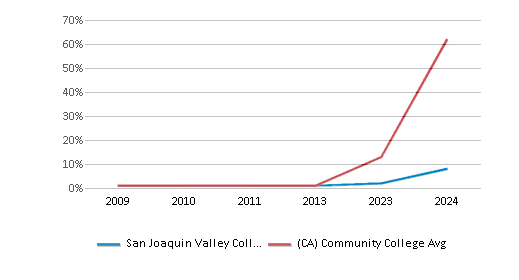
% Asian
1%
13%
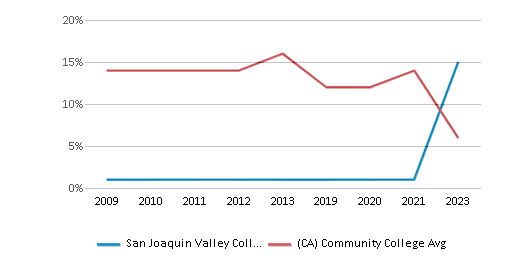
% Hispanic
60%
47%
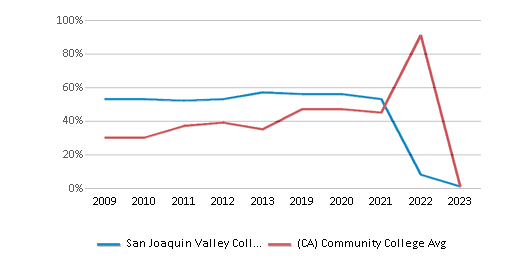
% Black
13%
7%

% White
13%
23%
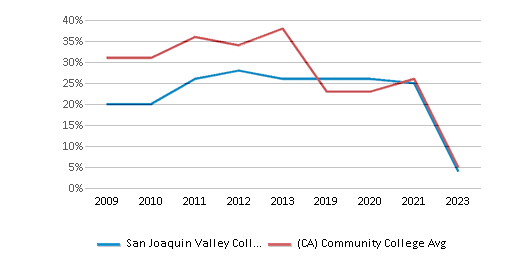
% Hawaiian
n/a
1%
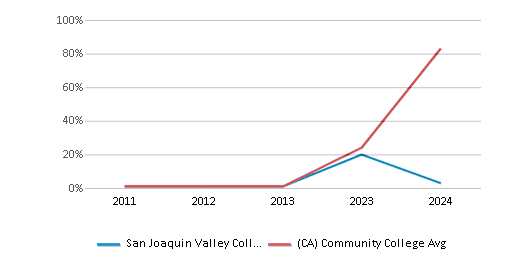
% Two or more races
3%
5%
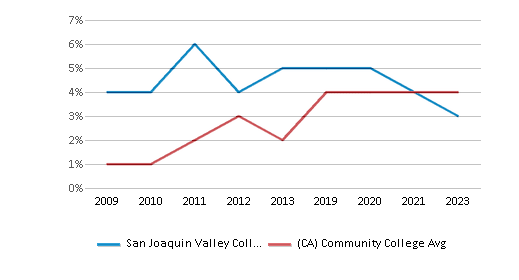
% Non Resident races
n/a
1%
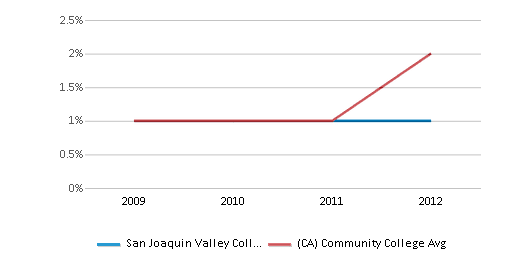
% Unknown races
8%
3%
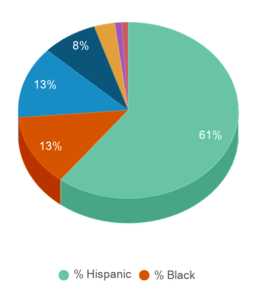
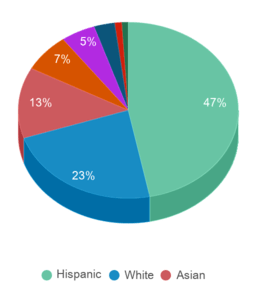
Diversity Score
0.61
0.70
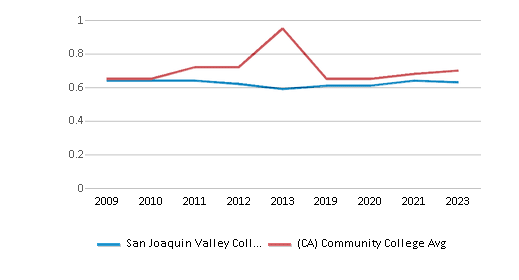
College Completion Rate (Students who graduate in less than 4 years)
0.4784%
0.4221%
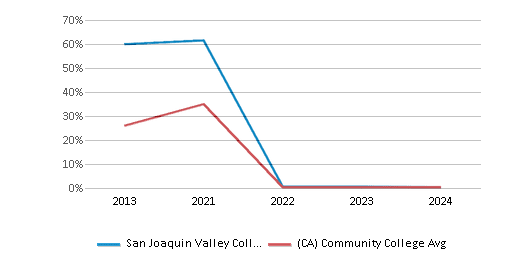
College Completion Rate (Students who graduate in 4 years or more than 4 years)
n/a
0.4304%
Average Graduate Earnings (10 Years)
$30,900
$34,700
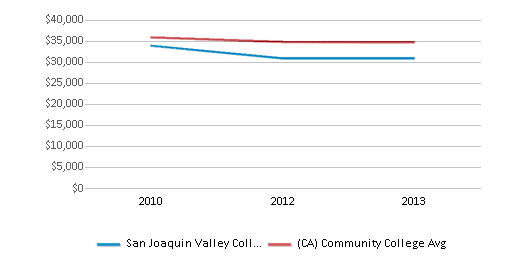
Tuition and Acceptance Rate
% Students Receiving Some Financial Aid
100%
85%
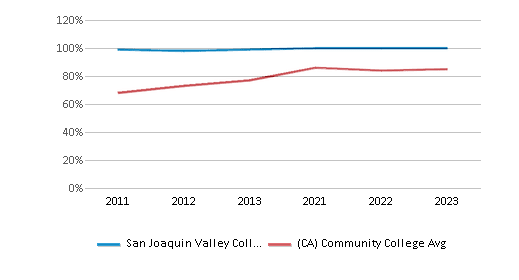
Median Debt for Graduates
$19,180
$9,500
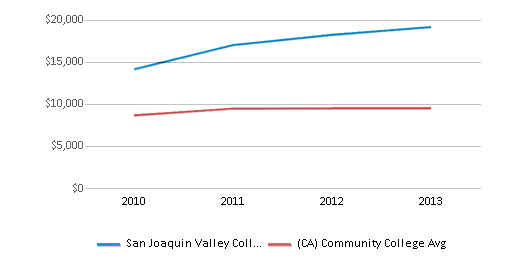
Median Debt for Dropouts
$8,750
$4,750
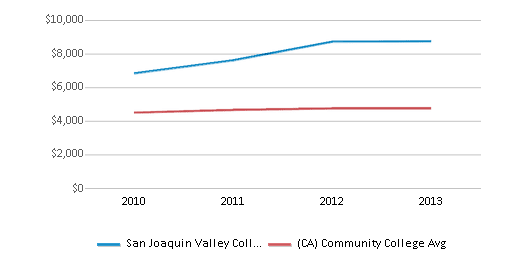
Acceptance Rate
n/a
92%
Source: 2024 (or latest year available) Integrated Postsecondary Education Data System (IPEDS)
Frequently Asked Questions
What schools are San Joaquin Valley College-Hesperia often compared to?
San Joaquin Valley College-Hesperiais often viewed alongside schools like Victor Valley College by visitors of our site.
What is San Joaquin Valley College-Hesperia's ranking?
San Joaquin Valley College-Hesperia ranks among the top 20% of community college in California for: Percent of students receiving financial aid.
Recent Articles

Obtaining Your Bachelor's Degree at a Community College
Explore the evolving landscape of community colleges offering bachelor's degrees, addressing affordability, accessibility, and workforce needs.

A to Z of Community College Certificates and Courses
From business and healthcare to technology and skilled trades, the article showcases the breadth of options available to students seeking to enhance their knowledge, develop new skills, or pursue career advancement.

What is a Community College?
This comprehensive guide explains what a community college is, its history, and its role in higher education. It covers the types of programs offered, differences from four-year colleges, benefits of attending, and important considerations for prospective students, providing valuable insights for those exploring educational options.

